In recent years, the "clean beauty" movement, once a driving force in the cosmetics industry, has experienced a significant decline. We are shocked to find out one of the global influence in clean beauty--Boscia--is closing. This movement, characterized by products claiming to be free from a list of purportedly harmful chemicals, rode a wave of consumer demand for more natural and safer cosmetics. However, as the beauty landscape evolves, it is evident that the era of clean beauty is waning.
The Rise and Fall of Clean Beauty
Clean beauty emerged from a growing consumer awareness of health and environmental concerns. Brands responded by marketing products as "free-from" harmful ingredients and "non-toxic." However, this trend was not without controversy. Critics argued that the clean beauty movement often relied on fear-based marketing and misinformation about the safety of cosmetic ingredients. The lack of a standardized definition of what constitutes "clean" led to confusion and skepticism among consumers.
The shift away from clean beauty has been influenced by several factors. First, the regulatory landscape is changing. Authorities like the FDA and the European Commission are taking more active roles in defining and regulating cosmetic ingredients, which helps clarify what is truly safe and sustainable. In the EU, "free-from" claims are illegal to be included in the product packaging. This regulatory scrutiny has reduced the need for consumers to rely on clean beauty labels as proxies for safety.
The Role of Science in Beauty
As consumers become more educated and skeptical, they demand greater transparency and evidence-based claims from their products. This has led to a preference for brands that invest in scientific research and clearly communicate the purpose and safety of their ingredients. The trend is now toward evidence-based beauty, where products are not just marketed as safe but are backed by scientific studies proving their efficacy and safety.
In the EU and China, safety tests need to be conducted on the product to ensure its safety, whereas brands in the US can claim their products to be safe without any testing being conducted. Brands and retailers create a "no-no list," blacklisting hundreds of ingredients and labeling them as unsafe to promote their products as safer.
Sustainability Takes the Front Seat, But People Are Tired
Sustainability has also become a key concern, overshadowing the clean label. Consumers are increasingly aware of the environmental impact of their purchases.
However, most of us have heard the news about how much carbon footprints celebrities can create. A well-known celebrity's private jet's carbon emission is 576 times that of the average American and about 1000 times that of the average European. It's discouraging to keep trying to be sustainable when one day of someone else's carbon footprint is more than what you could create in a year or two years.
The Future of Beauty Standards
As we move away from the era of clean beauty, the focus is shifting towards realistic approaches that encompass safety, efficacy, honesty, and environmental impact. Consumers seek brands that align with their broader values, including health, ethics, and sustainability. This evolution suggests a more mature and informed market where beauty standards are not just about being clean but being conscientious and scientifically grounded.

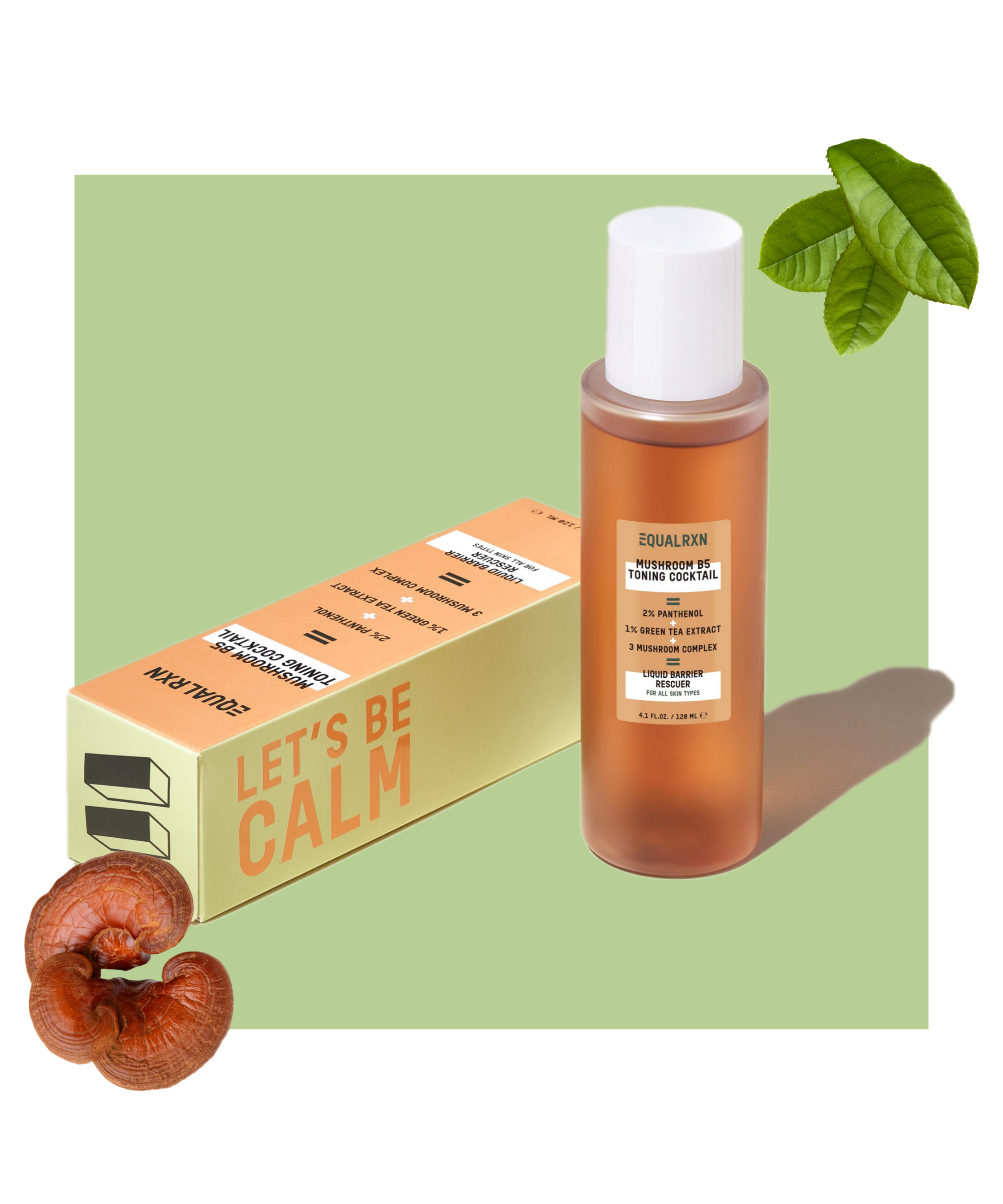
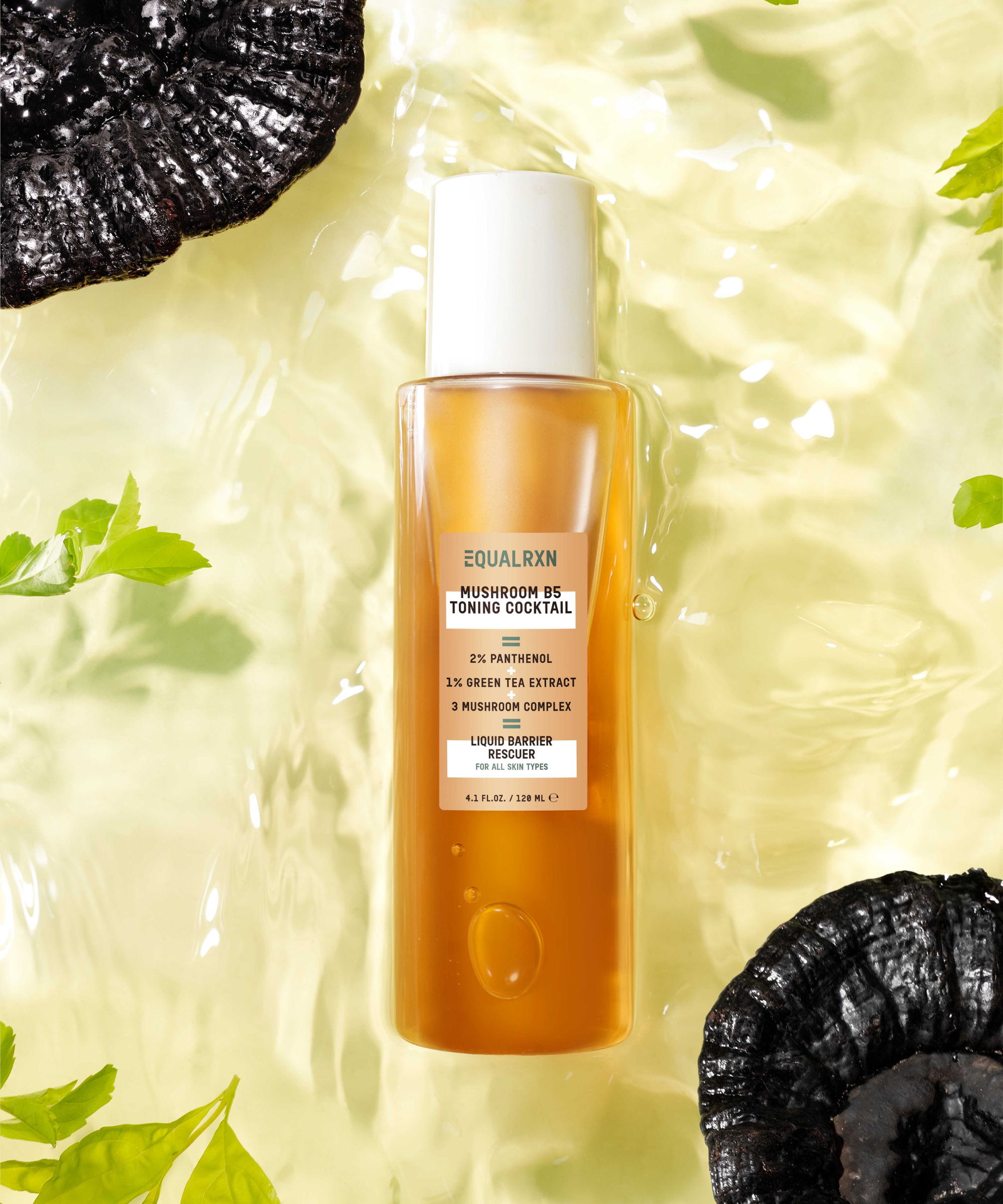
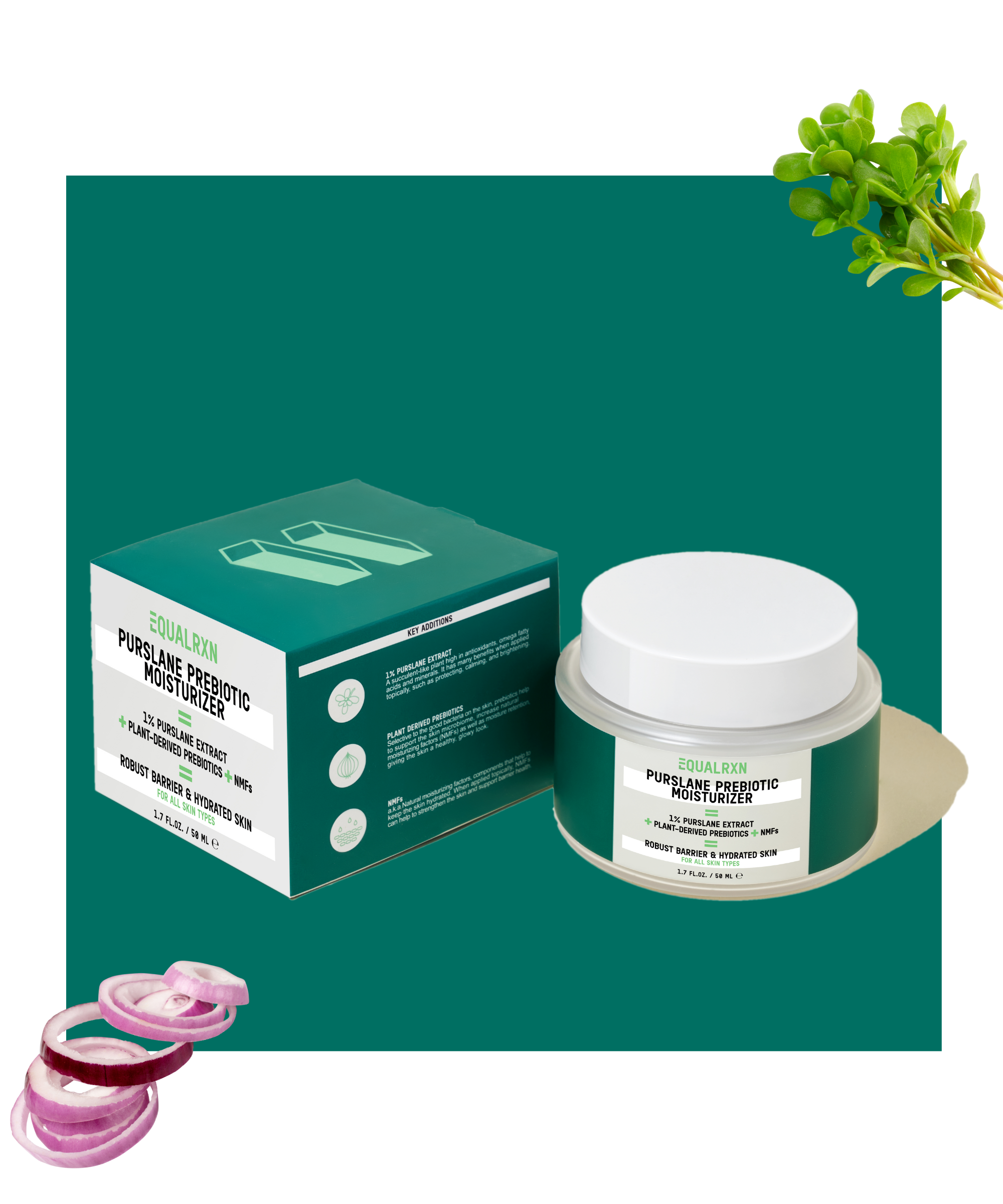
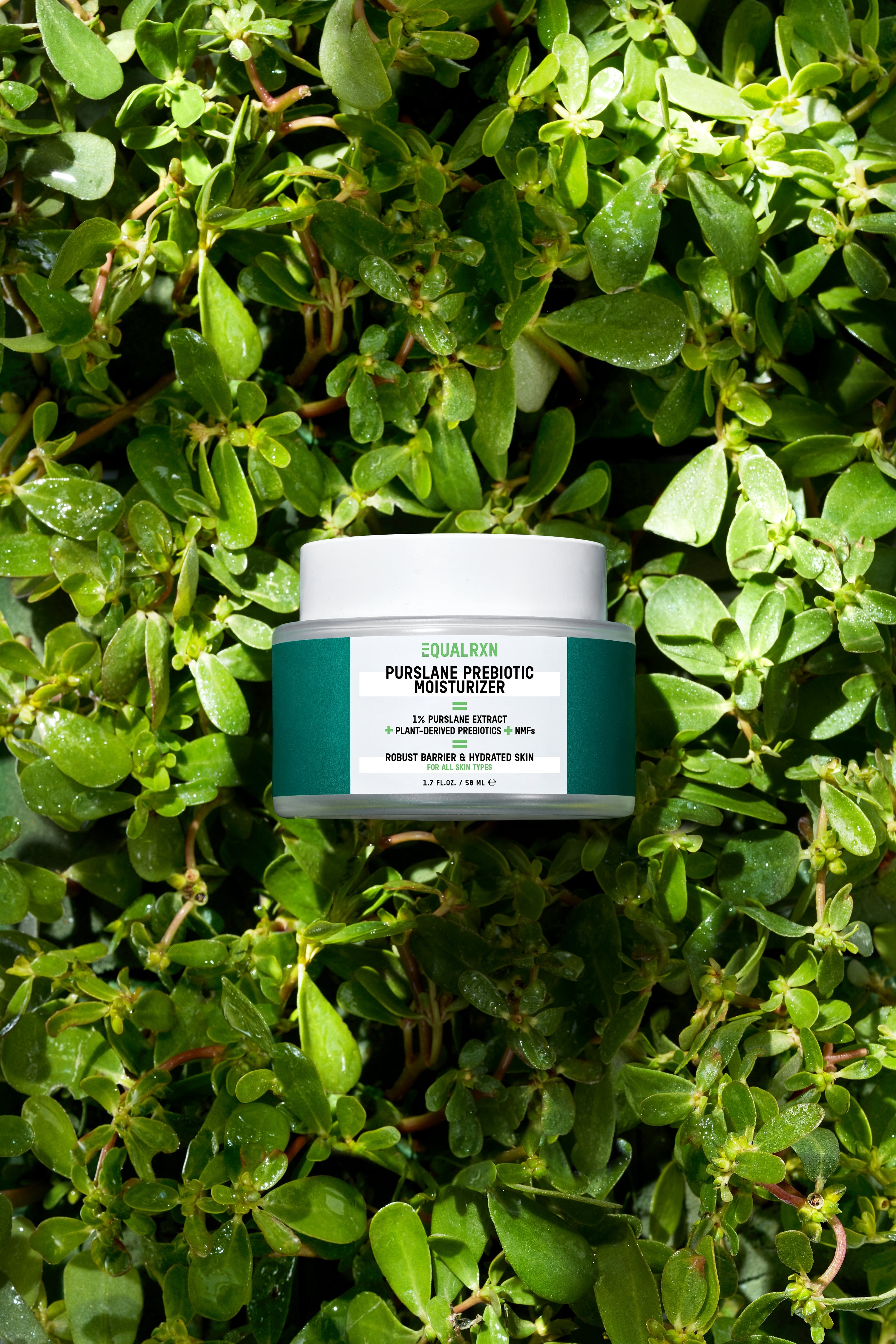
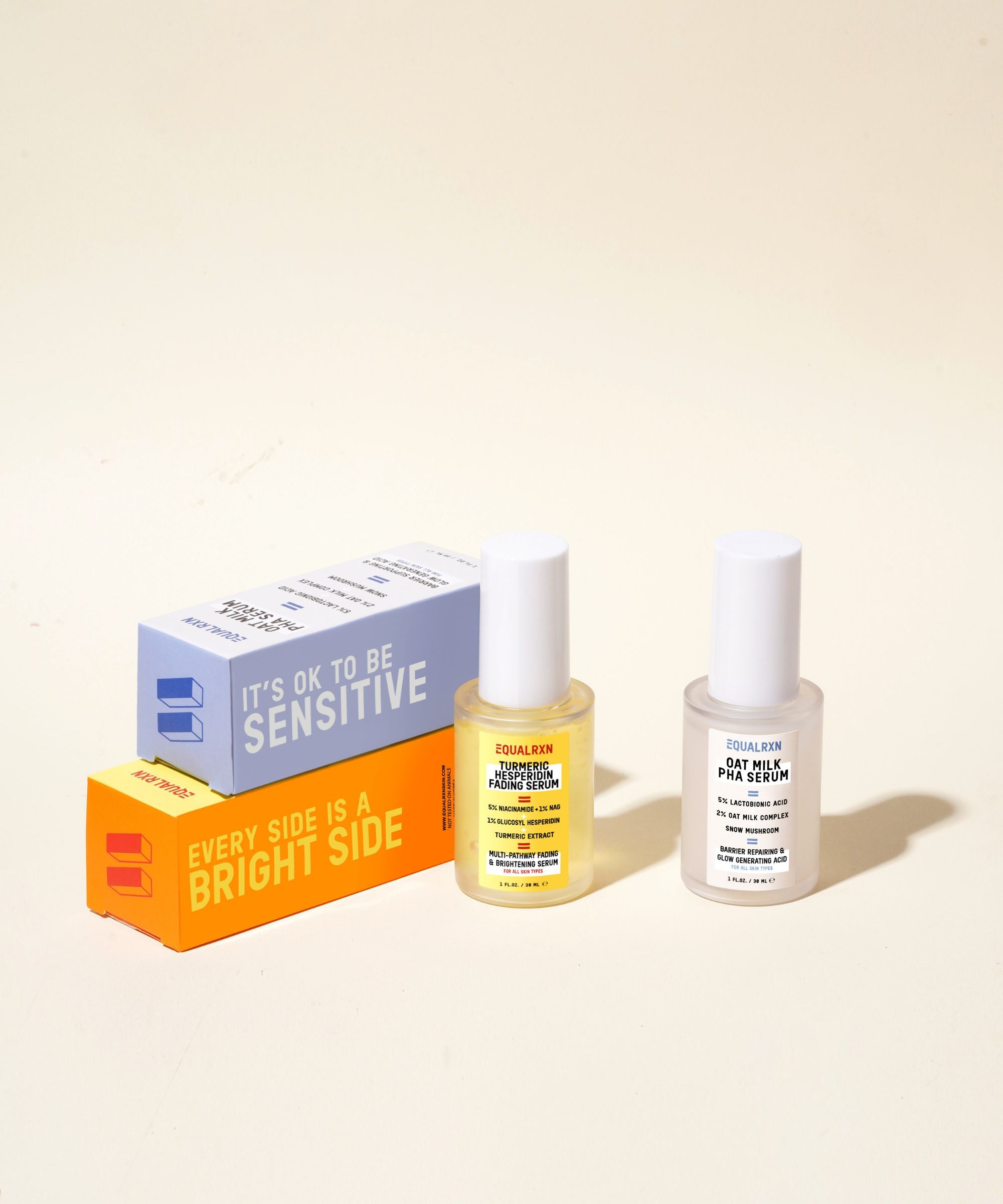
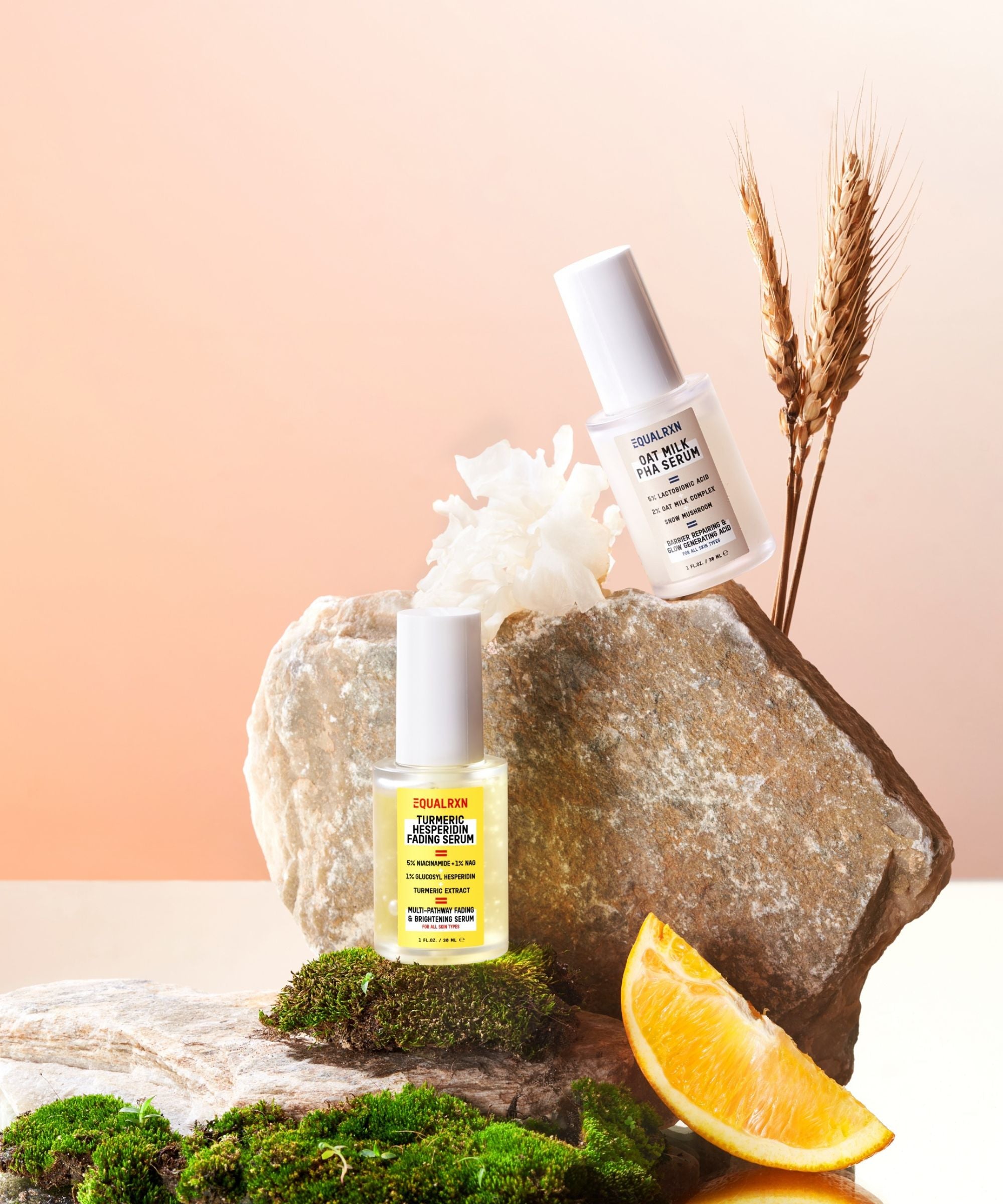
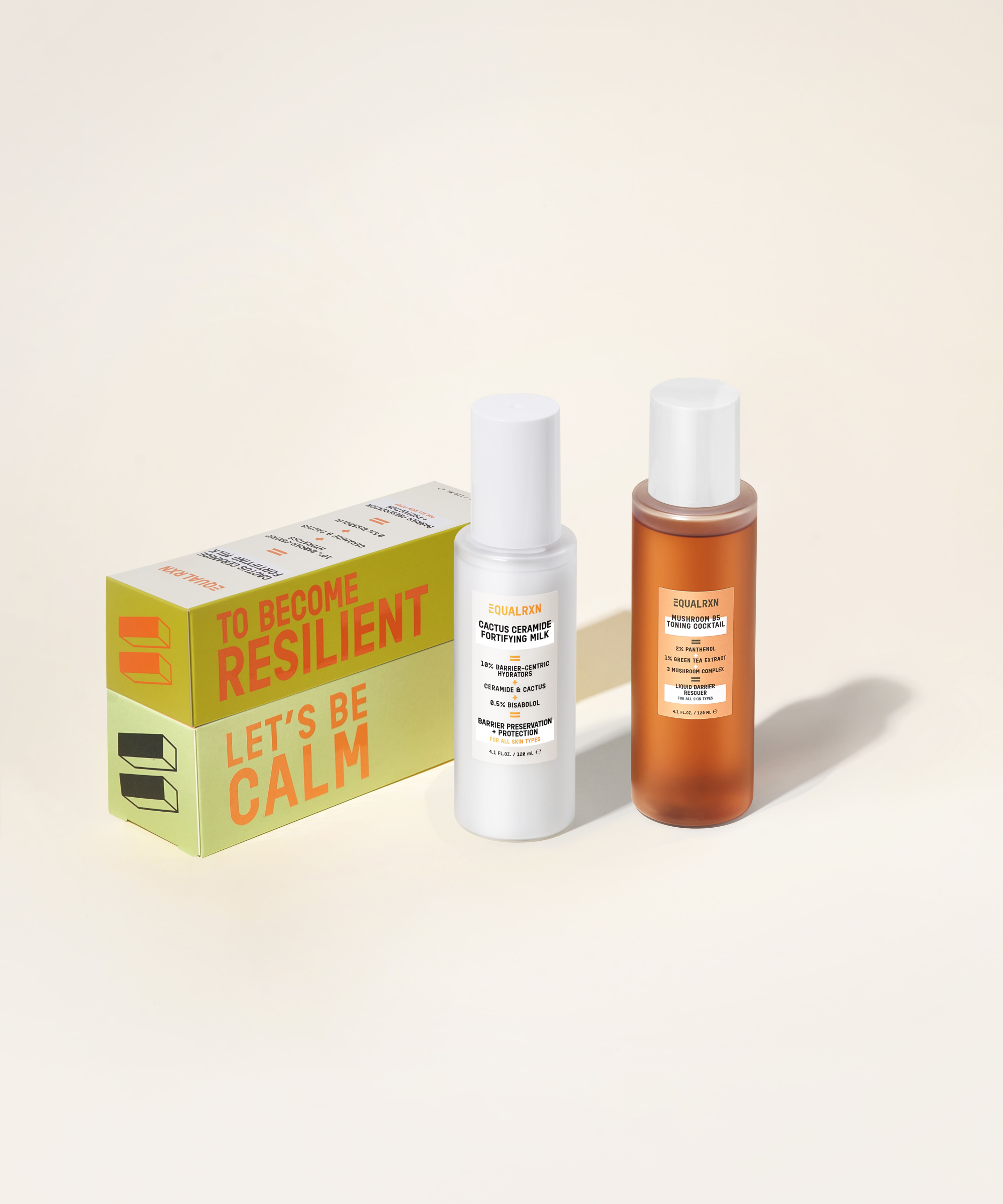
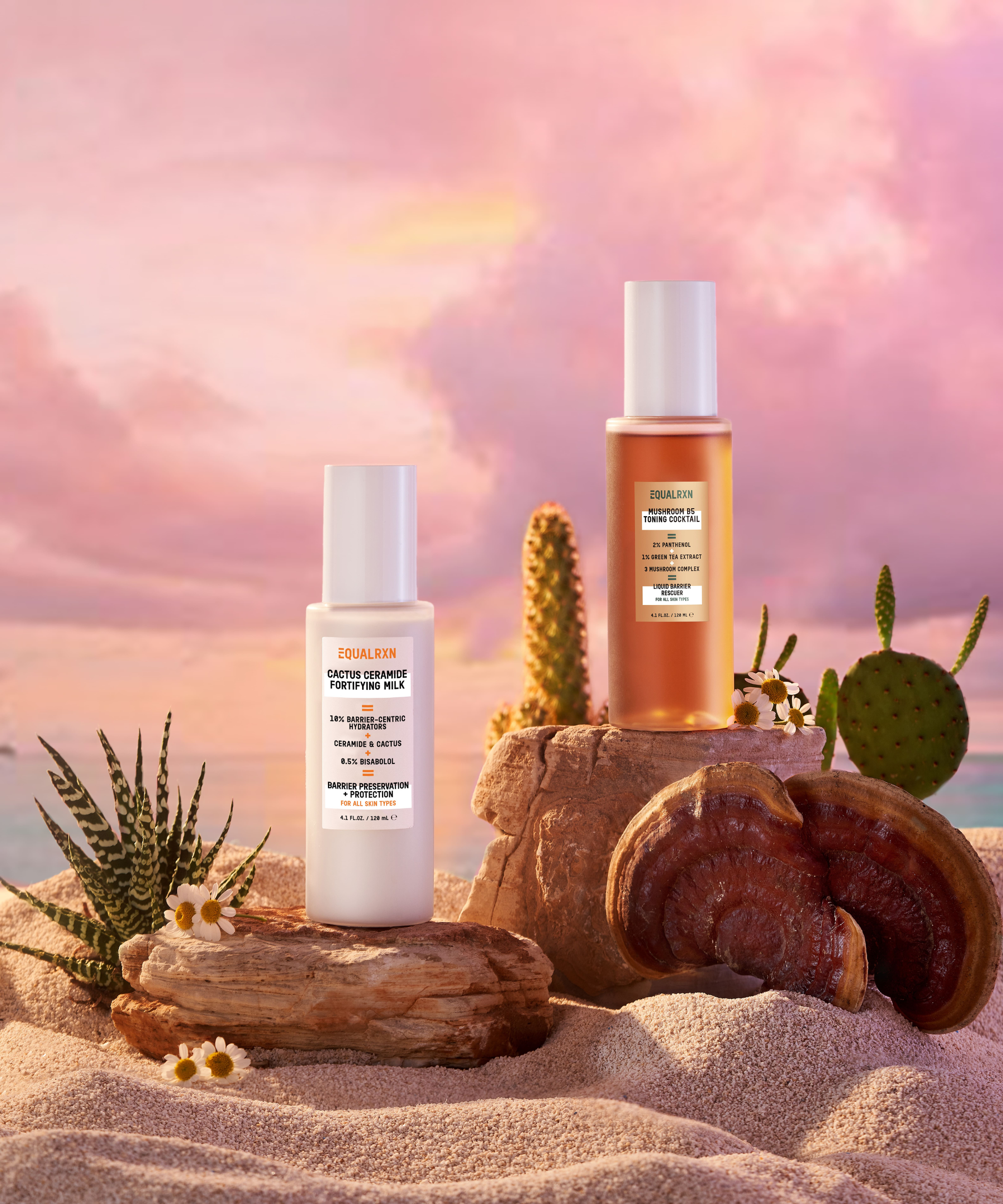

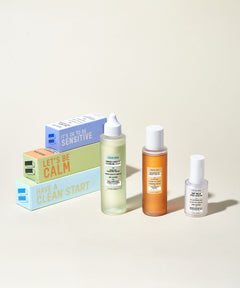
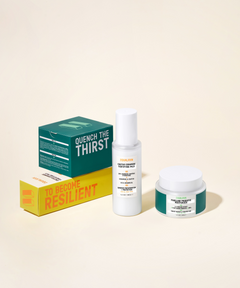
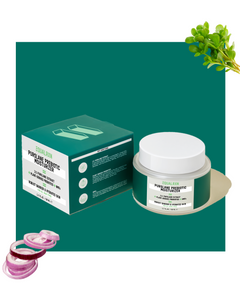
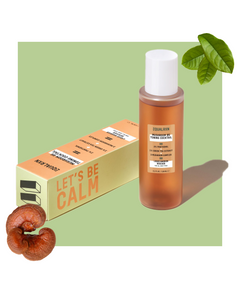


Leave a comment